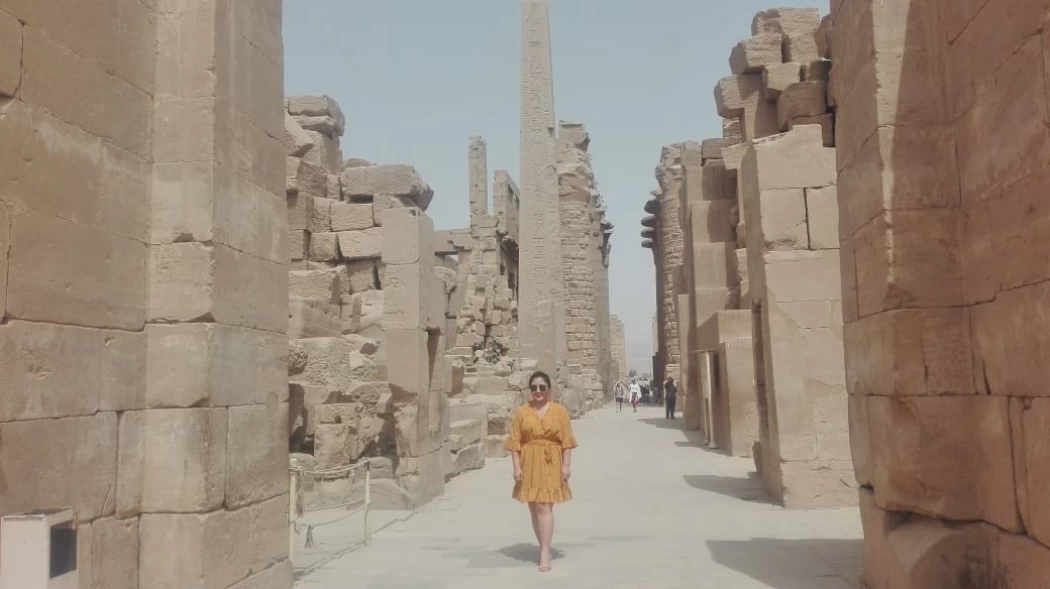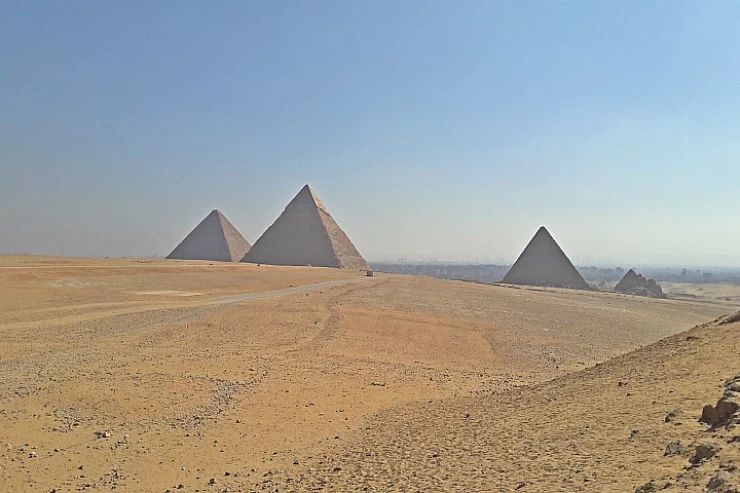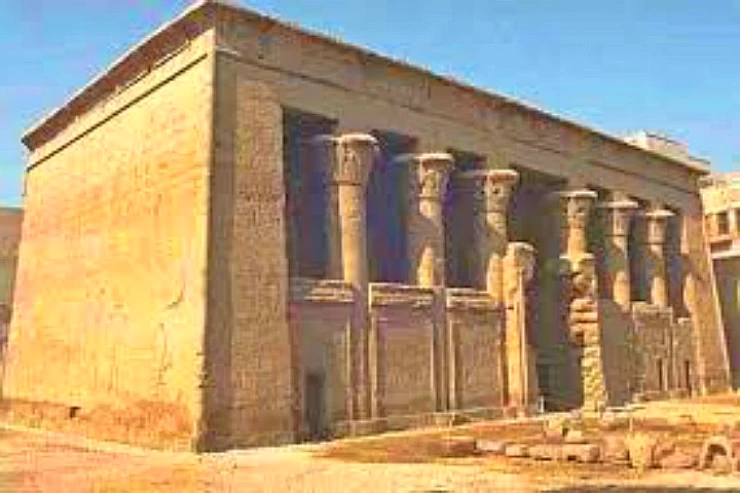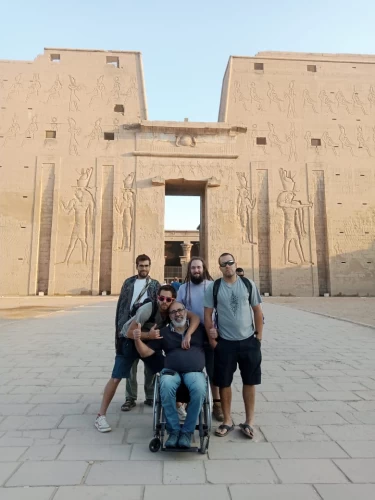
The Temples of Ancient Egypt
The Temples of Ancient Egypt
The "cult" temple, located in the center of each settlement and consecrated to a particular divinity or groups of gods, served to guard the divine power, entrusted to the clergy for the good of all. The temple also represented a political and economic center that employed numerous local communities and served as a town hall, health, and education center.
The temples of worship
They are templar complexes, which in addition to being the seat of divinity, also symbolize the universe. Its architecture represented fundamental elements such as water, sunlight, forests, and, in the depths of the temple, darkness.
An example is the temple of Karnak, a place of worship used by priests to purify themselves before sacred rites.
The central court of the cult temple was a colonnaded courtyard decorated with reliefs that archaeological evidence shows the king in his daily activities or while making offerings to the temple gods.
The Egyptian priests, "servants of the god or goddess", were responsible for the daily rites that regulated the activities of the universe. The king, although he was the intermediary between the mortal and divine spheres, delegated his duties to the high priest of the temple. He was responsible for the most important temple rituals, such as the worship of the god inside the sanctuary.
The funerary temples
In addition to the "cult" rooms, each king had a funerary temple built so that, after his death, offerings could be brought for his soul. Originally, in the Ancient and Middle Kingdoms, temples were united with royal tombs, but around 1500 BC they became vast and elaborate complexes built separately from the tombs, which were instead hidden in isolated deserted valleys.
The great temples on the West Bank of the Nile in Luxor or the Mortuary Temple of Ramses II in Thebes are fine examples of the New Kingdom funerary temples.
The magnificent temple of Queen Hatshepsut at Deir al-Bahri has one of the most original forms among the funerary temples found.


















